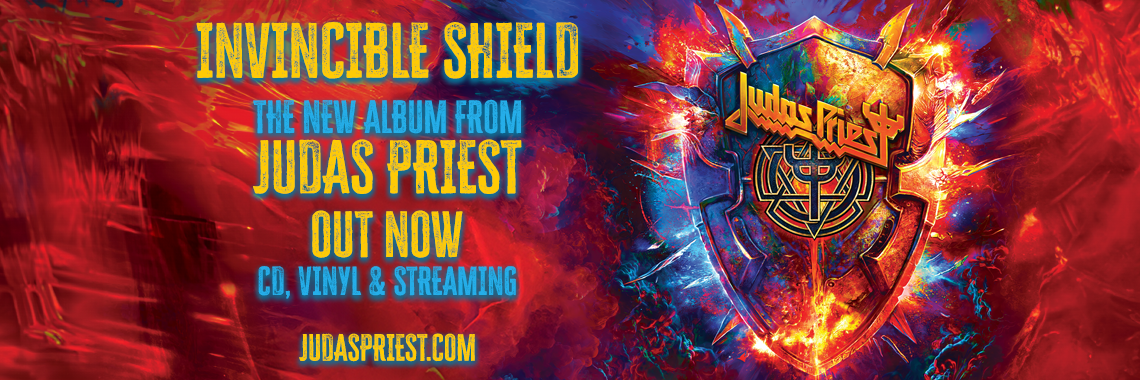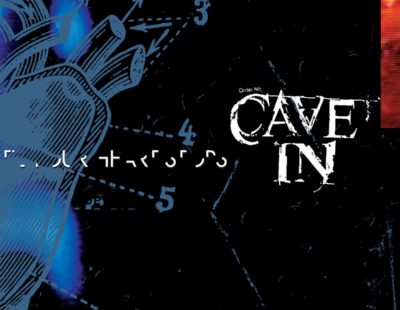
At this point, the amount of ink spilled about Darkthrone’s A Blaze in the Northern Sky could probably turn the North Sea black. It is one of black metal’s most cited, praised and parroted milestones. To some readers, this could make yet another article about the record seem tiresome. But like many other “classics,” there are many reasons why it’s worth poring over once again. They’re the same reasons Decibel placed the album third in it’s ranking of the best black metal albums of all time, and why we ran a Hall of Fame Issue about it back in 2007.
It was the first black metal album I ever owned. And when I purchased it back in the summer of 2004, I didn’t know what to make of it. The raw production, the fast-pounding drums, the buzz-saw guitars – what was this music? Remember, the template for pure black metal may seem very set and predictable in our minds now. But for people outside of our little ivory tower of extreme metal, music like this is still genuinely bewildering and even a little scary.
A Blaze in the Northern Sky is special for a few reasons. First, it’s a perfect example of a band who shows their influences without ripping them off. Second, it presents the new listener with the same challenge it gave all audiences upon its release in 1992 (along with Immortal’s Diabolical Fullmoon Mysticism and Burzum’s self-titled release). The cold, raw and abrasive darkness isn’t for everyone, but is genuinely rewarding and worth countless new listens once your ears become acclimated. Finally, its immeasurable influence on future black metal acts shows it’s power to stir the imagination and inspire others to create their own versions of Fenriz and Nocturno Culto’s vision (including album art). Though Bathory’s Blood Fire Death and Samael’s Worship Him pointed in a similar direction, A Blaze in the Northern Sky is the original, definitive statement of 2nd-wave black metal.
So with that in mind, here are my rankings of the album’s six tracks:
6. A Blaze in the Northern Sky
Much of the album was actually written as a death metal release, in the spirit of the band’s debut, Soulside Journey and the un-released follow-up Goatlord. So in order to adjust (possibly at the urging, tacit or explicit, of Mayhem’s Euronymous) the sound into the emerging black metal style, Nocturno Culto had to change his guitar sound to something more like that of Bathory’s Under the Sign of the Black Mark and Fenriz changed his drumming to a more punchy, straightforward Celtic Frost sound. The mixture is intoxicating, but works out better in some places than in others. The title track is the weakest example of this. Though it fits perfectly on the album, it’s the last track I’d choose to listen to just for its own sake (though there is cowbell! It does have that going for it!).
5. The Pagan Winter
The album’s closer is one of three songs (along with “Where Cold Winds Blow” and “In the Shadow of the Horns”) written as “pure black metal” without any leftover death metal riffs. The song invokes a feeling of mystery and wandering that acts as a perfect closer to an album rife with these themes. Shouts of “eternal winter!!!” would sound cheesy and cliche today, but when mouthed by Nocturno Culto here are deadly serious.
4. Kathaarian Life Code
When talking about the album in the documentary accompanying its special re-release, Fenriz talked about how he needed to “smash the riffs” with primitive-sounding drum beats. This was to turn otherwise orthodox death metal chord progressions into cold and menacing black metal. The album’s opener is a good example of this. Listen closely to the riffs, then imagine drumming more akin to Soulside applied to them.
3. Where Cold Winds Blow
The song that sets the template for every garden-variety black metal band to come since. “Where Cold Winds Blow” has everything you’d want in a black metal song: parts that flow, others than punish; tortured screams; heroic and violent lyrics. The dissonant main riff is unlike anything I’ve heard anywhere else. It’s one of those few riffs that lead your mind somewhere beyond “sick riff dude!!!” (not that there’s anything wrong with that).
2. Paragon Belial
The same is true of the death metal riffs present on this classic. More than any other song on the album, this is where the death metal/black metal mixture really works. The song has more catchy, original-sounding riffs packed in it’s 5:24 lifespan than most bands fill hours worth of music with during their entire career.
1. In the Shadow of the Horns
Well. What can I say? The first song to resonate with my then untrained mind, “In the Shadow of the Horns” is not just an easy choice, it’s the right choice. It’s one of the only songs, along with “Under a Funeral Moon” and “Transilvanian Hunger” that Darkthrone played live at it’s one-off gig in 1996. It’s brilliance rests in its mis-hearing of the Celtic Frost classic, “Return to the Eve.” The same drums and riff-structures are present here, but Darkthrone gives them that extra share of coldness to make them their own. Everything comes together so well here, including the lyrics, that it stands alongside “Freezing Moon,” “I Am the Black Wizards” and others as a timeless black metal classic.






